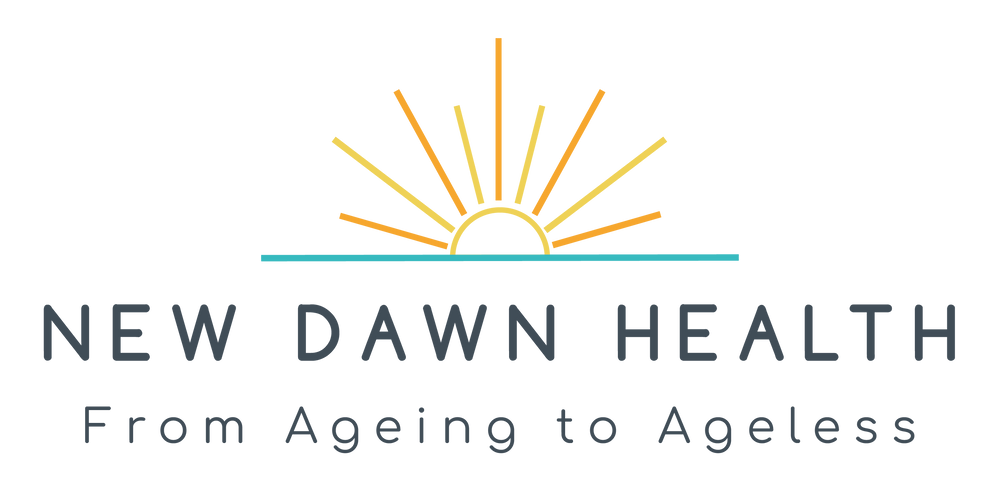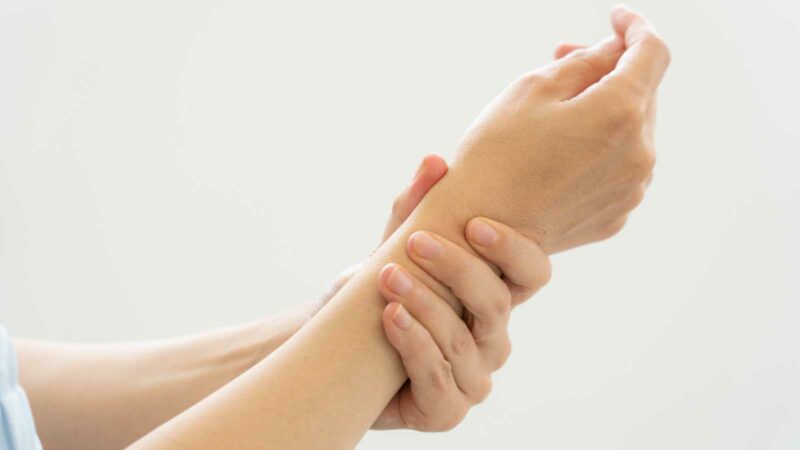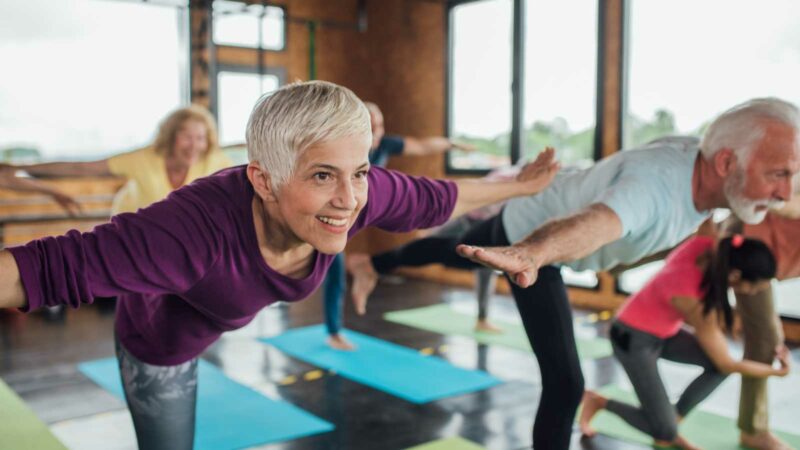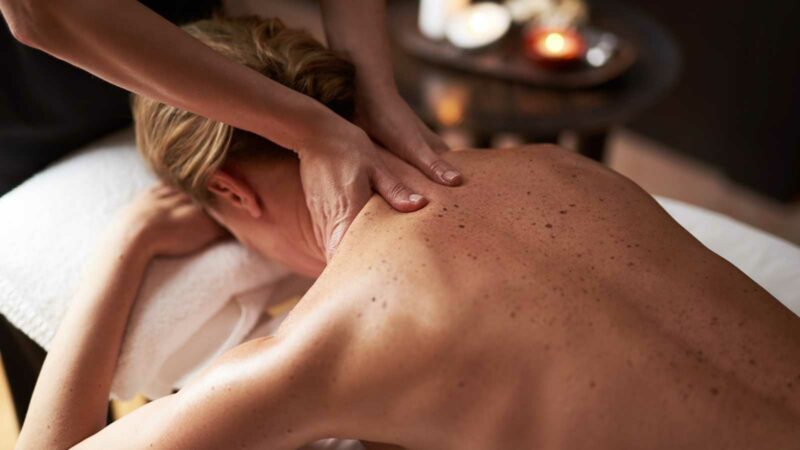Introduction
Menopause joint pain is common. Research shows that over half of women report some form of joint pain (technically known as arthralgia) in the years around menopause. So it’s not surprising that so many women are seeking an answer to the question, “Why do my joints hurt during menopause?”
This blog post aims to shed light on the connection between menopause joint pain and provide some natural remedies. You may also like to read about general post menopause symptoms age 60. or more structural & postural reasons for aches and pains of ageing.
Understanding the oestrogen connection
This 2020 systematic review and meta-analysis concluded that perimenopausal women were particularly predisposed to develop musculoskeletal pain. In addition, the pain increased in a linear way, increasing with age, as women transitioned through to post menopause.
Joint pain during menopause has been thought to be caused by hormonal changes that occur during this phase.
Oestrogen, a hormone that plays a crucial role in maintaining joint health and lowering inflammation, decreases significantly through menopause. This drop in oestrogen levels can lead to raised inflammation and stiffness in the joints, causing discomfort and pain.
Does joint pain from menopause go away?
To answer this question, women need to know the underlying cause.
Is the joint pain is coming primarily from loss of oestrogen or from underlying osteoarthritis? The former pain would in time go away, while pain form osteoarthritis will not necessarily and could get worse.
If a woman is experiencing multiple joint pains, for example in both hands and shoulders as opposed to a single painful joint, like the knee joint, this may suggest that falling oestrogen may be the cause – in which case a trial of Hormone Replacement Therapy (HRT) could be beneficial.
However, it’s not always that clear cut. Why? Because pre-existing osteoarthritis, because it is an inflammation in the joint, may also feel better, because replacing oestrogen is anti-infammatory and eases the inflammation of osteoarthritis.
Furthermore, oestrogen helps maintain bone density by balancing the process of bone breakdown and renewal. With lower oestrogen levels during menopause, this balance is disrupted, leading to increased bone loss. This can further contribute to joint pain as it puts additional stress on the joints.
The Role of Other Factors
While hormonal changes can be part of menopausal joint pain, other factors can exacerbate this condition. These include:
1. Age
As we age, our joints naturally wear down from subtle misalignments, misuse and overuse over the decades. Seeing an osteopath can help improve joint mechanics by strengthening weak muscles and loosening tight muscles around the joint.
2. Weight
Being overweight puts extra pressure on your joints which can cause or worsen cartilage loading and joint pain. Other hormonal changes, such as loss of insulin sensitivity, low thyroid function and stress hormones can affect metabolism negatively. Managing blood sugars through better food choices, improving the quality of sleep and practising stress management techniques are important factors in maintaining a healthy weight.
3. Exercise
Sedentary lifestyle or lack of regular exercise can lead to stiffening of joints and declining cardiovascular fitness. After menopause, women may have an increased risk of heart disease, due to the loss of the protective effects of oestrogen. It’s important to develop an individualised exercise programme to maintain muscle mass, improve joint flexibility, build bone density, improve posture, balance and coordination.
4 types of exercise to include are:
- Steady-state cardiovascular e.g brisk walking
- High intensity exercise for short periods that gets you hot and puffing
- Strength training – building muscles with bodyweight exercises, resistance bands or resistance machines in the gym
- Balance and Coordination types of exercise, like yoga or pilates
4. Diet
Poor nutrition raises inflammation in the body, which can exacerbate joint pain. Eating a nutrient-dense diet to provide the building blocks for strong bones, cartilage and muscles is very important at this time in a woman’s life. Similarly, improving the gut microbiome is a crucial part of overall health and keeping inflammation check.
Creating a diet focussed on fermented foods, dark green leafy vegetables, organic proteins and oily fish, colourful fruits and vegetables and anti-inflammatory fats like avocado’s and olive oil, improves digestion, balances hormones and stabilises blood sugar.
Enjoy natural, unprocessed, organic, seasonal, colourful, homemade food
Treatment options:
HRT & Complementary supplements
What can I take for menopause aches and pains?
1. Will HRT help with joint pain?
HRT involves taking medications that contain female hormones to replace the ones your body no longer makes after menopause. HRT can help with joint pain and help to reduce your risk of osteoporosis, or the weakening of your bones. Discuss this with your doctor.
2. What vitamin is good for menopause joint pain?
Here are some supplements that have been show to be beneficial:
Curcumin, Omega 3 fatty acids, Vitamin D have evidence to support their effectiveness to reduce inflammation and pain.
Other supplements with evidence are Boswellia Serrata (Indian Frankincense), Capsicum, Curcumin (turmeric), Cat’s Claw (Uncaria Tomentosa), Fish Oil, Gamma Linolenic acid, Ginger, Devil’s Claw and CBD products.
As with all supplements, discuss these with your doctor or registered nutritional therapist first – who must assess if they are safe for you, dependant on any pre-existing medical conditions and pharmaceutical medicines you currently take.
Motion is lotion – consistent daily exercise keeps joints lubricated.
Exercise, diet & nutrition, weight management
3. Exercise:
“Motion is lotion”, as they say. Regular exercise and personalised exercises have been shown to be very beneficial to strengthen the muscles around your joints, improve flexibility, and reduce pain. Stretch a little each day. Stretching increases the range of motion and literally juices-up your joints, by increasing the joints own lubricating fluid.
4. Diet and Nutrition:
A healthy diet rich in anti-inflammatory foods like fruits, vegetables, legumes, lentils, fish, nuts, and seeds can help manage inflammation. These foods are high in inflammation-lowering antioxidants and phytochemicals.
Add herbs and spices to your cooking. Ginger, turmeric, cinnamon, garlic, close, rosemary, cayenne, paprika. Try a turmeric hot milk, ginger & lemon tea, roasted vegetables tossed with paprika or cinnamon on your porridge.
Avoid all those beige-coloured foods, full of processed white flour, refined oils and added sugar. Think white bread, pasta, white rice, cakes, biscuits, and other baked goods.
Drink more water. Your joints need water to lubricate themselves. Aim for 8 glasses a day. Try to drink more between meals to curb any snacking temptation.
Ask for my help. If you want a dietary assessment, just get in contact.
5. Weight Management:
Maintaining a healthy weight reduces pressure on your joints which can alleviate joint pain. Contact me if you want try an functional medicine approach to weight loss.
Massage, acupuncture and osteopathy helps ease aches and pains
Stress management, alternative therapies, Functional Medicine
6. Manage your stress
Anxiety and stress can add to the intensity of pain and stiffness.
When our bodies are stressed, cortisol is released. Cortisol is one of your stress hormones. Although steroid hormones like cortisol are anti-inflammatory, when we are chronically stressed our body can become resistant to the effects of cortisol, which means inflammation rises and pain increases.
Try daily meditation, exercise, hobbies, breath work, music, or any other technique you find relaxes you – little and often is most effective.
7. Alternative Therapies:
Many women find relief from joint pain through alternative therapies like acupuncture, massage, osteopathy or yoga. I use these therapies regularly and they really help to keep aches and pains at bay.
8. Functional Medicine Approach:
Functional Medicine practitioners use diet and lifestyle interventions to address joint pain through the menopause. New Dawn Health has created a diet and lifestyle programme to help women deal with these underlying factors and create new healthy habits to support healthier joints, muscles and bones.
Conclusion
Experiencing ache and pains during menopause is a common occurrence for many women due to hormonal changes and other factors like age, weight, lifestyle, and diet. However, with a range of treatment options available – from hormone replacement therapy to physical therapy and dietary changes – you don’t have to suffer in silence.
Remember that every woman’s experience through menopause is unique; what works for one may not work for another. Therefore it’s important to discuss your symptoms with your healthcare provider who can guide you on the best course of action for managing your menopausal symptoms including joint pain.
In conclusion, while menopause may be a challenging phase of life due to symptoms like joint pain among others, understanding why these changes occur and knowing how to manage them effectively can make this transition smoother.




